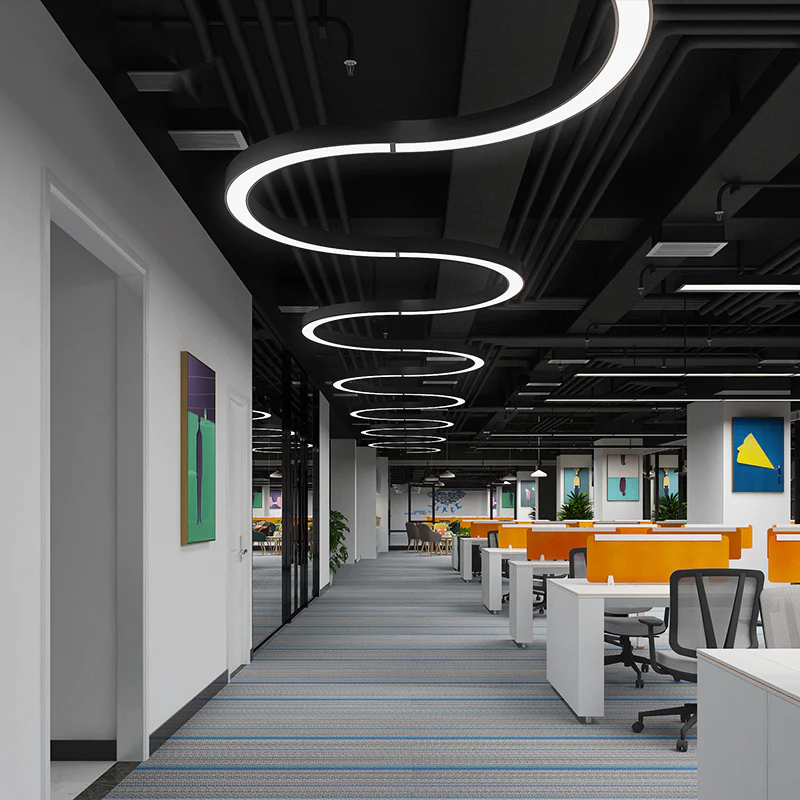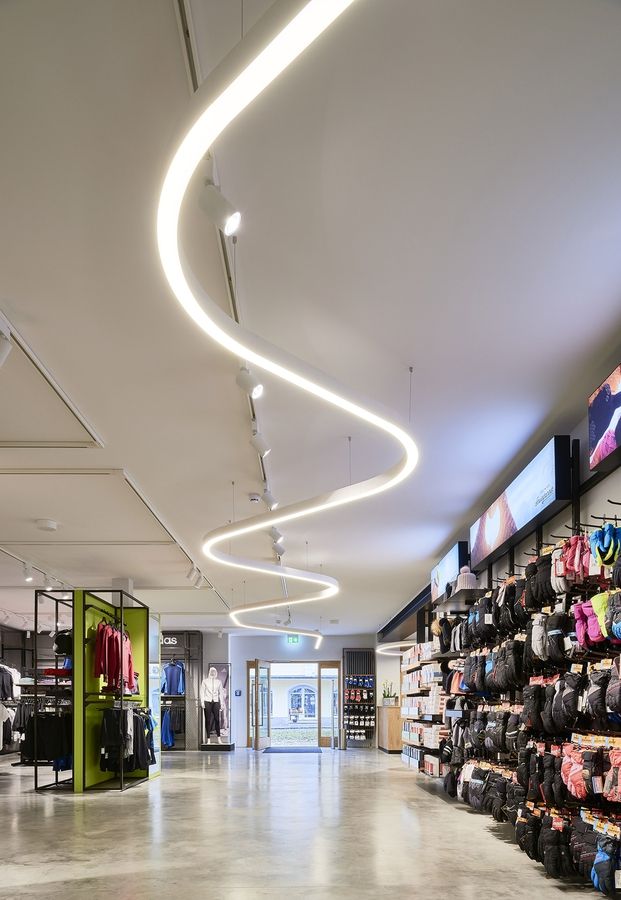
Commercial lighting refers to the lighting systems and fixtures used in commercial spaces such as offices, retail stores, warehouses, and restaurants. These lighting solutions are designed to provide adequate illumination for various activities while also enhancing the aesthetic appeal of the space. Commercial lighting can include a range of fixtures such as overhead lights, track lights, recessed lighting, and LED panels. The choice of lighting fixtures can greatly impact the overall energy efficiency and cost-effectiveness of a commercial space. LED lighting, in particular, has gained popularity in recent years due to its long lifespan, energy efficiency, and low maintenance requirements. Properly designed commercial lighting can also help create a comfortable and productive work environment for employees and attract customers to retail spaces. Overall, commercial lighting plays a crucial role in enhancing the functionality, safety, and ambiance of commercial spaces.
Commercial lighting plays a crucial role in shaping the overall ambience and functionality of a workspace. Proper lighting enhances productivity, boosts employee morale, and creates a welcoming atmosphere for customers. With advances in technology, commercial lighting options have evolved to include energy-efficient LED fixtures that not only reduce energy consumption but also provide better illumination. From overhead lighting to task lighting to accent lighting, the right mix of fixtures can transform a commercial space into a well-lit, conducive environment for business activities.
When designing the lighting layout for a commercial space, it is important to consider factors such as the type of business, the size of the space, and the desired atmosphere. For example, a retail store may opt for bright, uniform lighting to highlight products and create a vibrant shopping experience, while a cozy cafe may prefer warm, ambient lighting to encourage relaxation and socializing. Lighting design should also take into account natural light sources, such as windows or skylights, to minimize energy usage during daylight hours.
In addition to choosing the right fixtures and layouts, businesses can further optimize their lighting systems by implementing smart controls and sensors. These technologies allow for automated adjustments to lighting levels based on occupancy, daylight levels, or time of day, leading to even greater energy savings. By investing in high-quality, efficient lighting solutions, commercial establishments can not only enhance their aesthetics and functionality but also reduce their environmental footprint and operating costs. With the right lighting design and technology, businesses can create a well-lit, sustainable workspace that supports their success and longevity.
 Decoration Ideas
Decoration Ideas









